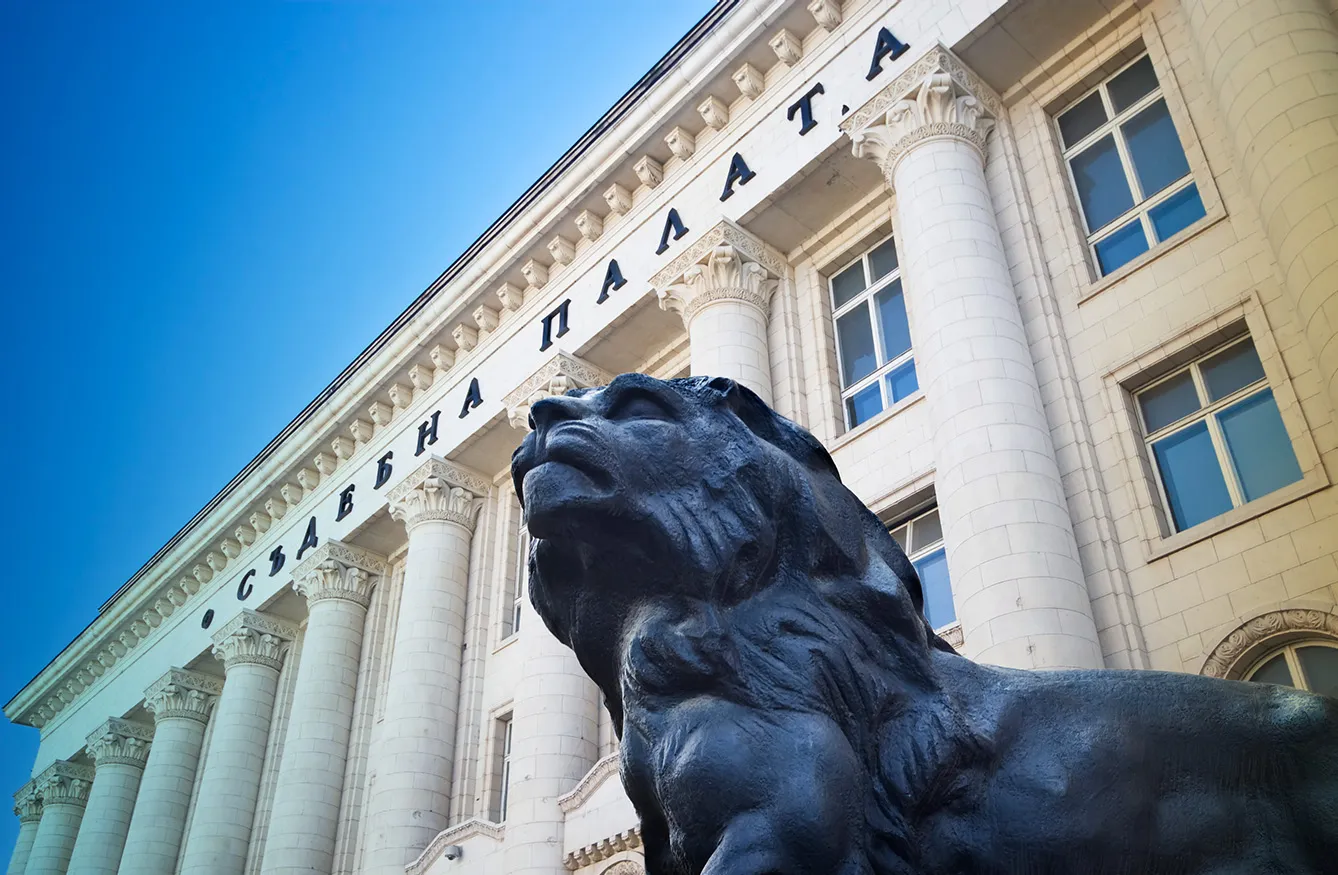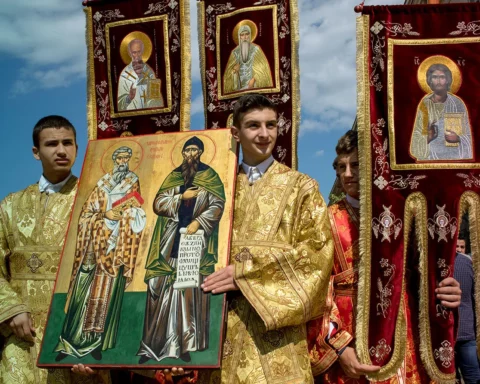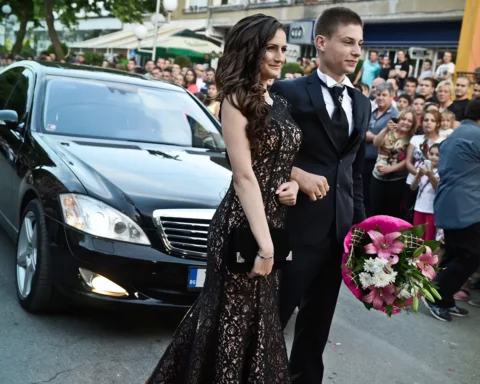Historical sources show that the lion was an invariable companion of Bulgarians. The animal, already extinct in the area, played an important part in the imagery of some of Bulgaria’s rulers. It is believed that the lion was among the animals of significance to the Bulgars, who, together with the local Slavic populations, established the country.
The lion, the snake, and the eagle
As a symbol, over time, the image of the lion gradually replaces other animals used by the Bulgars, among others, the snake and the eagle. Images of lions are also found on ancient tablets discovered during excavations, on various monuments and columns, and the famous Madara Rider, an early medieval large rock relief carved on the Madara Plateau east of Shumen in northeastern Bulgaria.

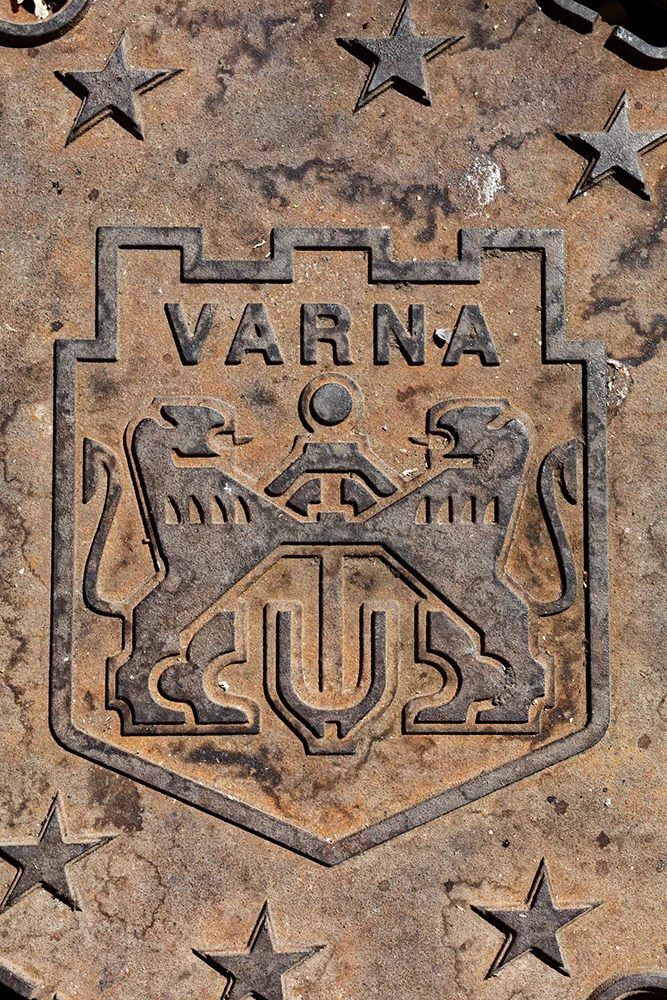
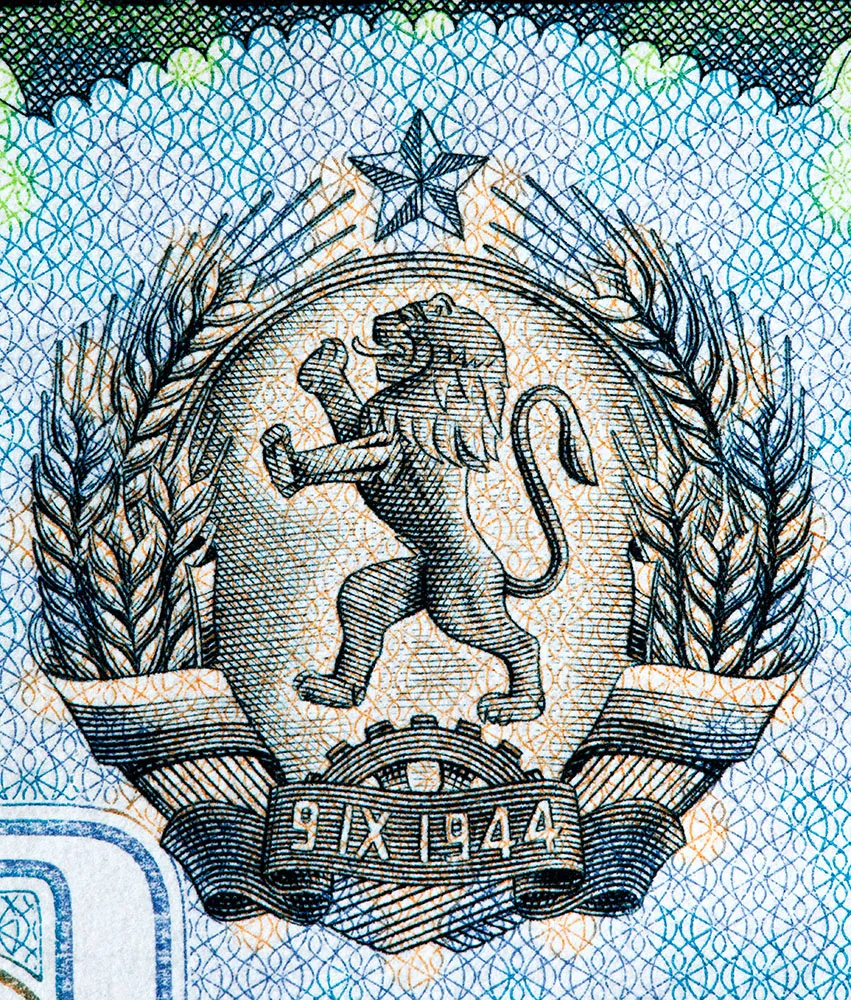
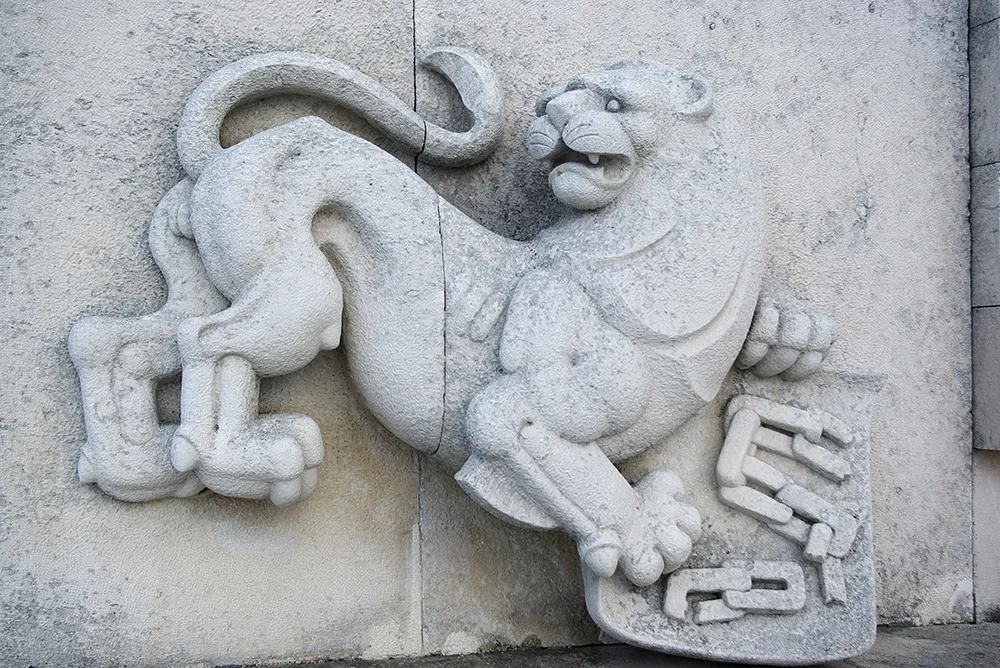
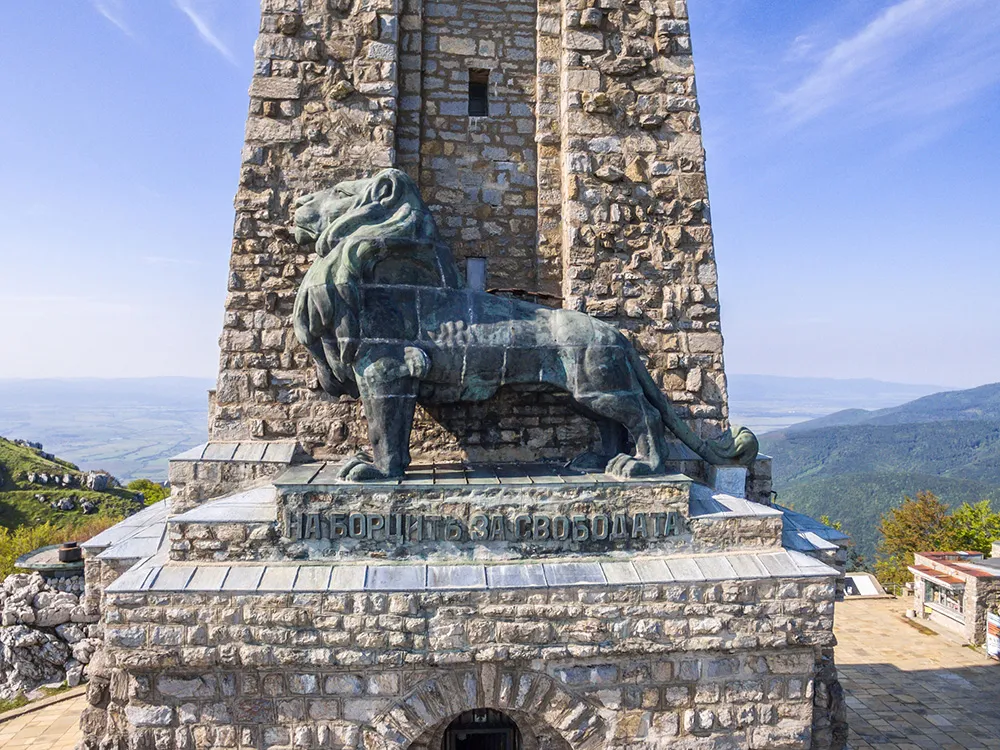
Over the centuries, the prominence of the lion in Bulgarian lands only increased. Paisius of Hilendar, a key Bulgarian National Revival figure, writes in his Istoriya Slavyanobolgarskaya (Slav-Bulgarian history, 1762) that the lion was present in the royal seal as a symbol of the courage and invincibility of the Bulgarian warriors who fought “as lions.”
In the 19th century, the lion could be spotted on the flag of some of the key Bulgarian revolutionaries working to organize a revolt against Ottoman rule. “The revolutionaries believed that an empire like the Ottoman Empire, although in its twilight, needed a great authentic force to fight it and defeat it,” Prof. Georgi Atanassov, a historian with the History Museum in Silistra in northeastern Bulgaria, tells 3Seas Europe. “What animal symbolizes that better than the lion?”
The revolutionary Vasil Ivanov Kunchev (1837-1873) will forever be known as Vasil Levski (Vasil the Lion). One of the stories explaining his adopted last name refers to the revolutionary being able to jump like a lion. “In the Middle Ages, more specifically, the second half of the 14th century, the lion appears on the coins of Bulgarian rulers as a symbol of the battles for the survival of the Bulgarian nationhood,” Prof. Atanassov adds.
Freedom or death
After Bulgaria fell to the Ottoman Empire in 1396, the lion’s symbolism lingered. The rebels brutally suppressed the April Uprising of 1876 and also adopted the lion as a symbol, putting it on their uniforms as a sign of Ottoman rule coming to an end. At the time, Bulgarian schoolgirls put the enraged animal on banners, embroidering the cherished words “Freedom or death” under it. Today, a giant statue of a lion sits atop the Shipka peak in Central Bulgaria, a symbol of the epic battles for the liberation of Bulgaria from Ottoman rule.
But the lion’s presence didn’t diminish once the goal of independence was achieved in 1878. From a symbol of Bulgarians striving for freedom, the lion became a symbol of independent Bulgaria. In 1880, using an ancient form of the Bulgarian word for lion, the Bulgarian currency was named after the animal, something that hasn’t changed to this day. And then, briefly, in the late 1980s, the lion received an honorary place in Bulgaria’s coat and arms.
With Bulgaria getting ready to eventually join the eurozone, one can rest assured that the lion as a national symbol won’t disappear, despite the currency finally getting a new name. Bulgarians will undoubtedly find a new use for their beloved animal.


